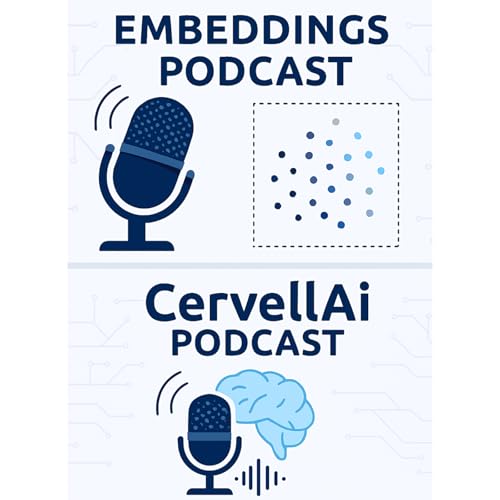An overview of word embeddings, explaining that they are numerical representations of words—often in the form of vectors—that capture their semantic and contextual relationships. The need to transform raw text into numbers arises from the inability of most machine learning algorithms to process plain text, making word embeddings a fundamental tool in natural language processing (NLP). The video describes various applications of embeddings, including text classification and named entity recognition (NER), as well as the process of creating them through models trained on large text corpora. Finally, the text contrasts the two main approaches: frequency-based embeddings (such as TF-IDF) and prediction-based embeddings (such as Word2vec and GloVe), concluding with the advancement toward contextual embeddings offered by Transformer models.
 2025/10/1117 分
2025/10/1117 分
